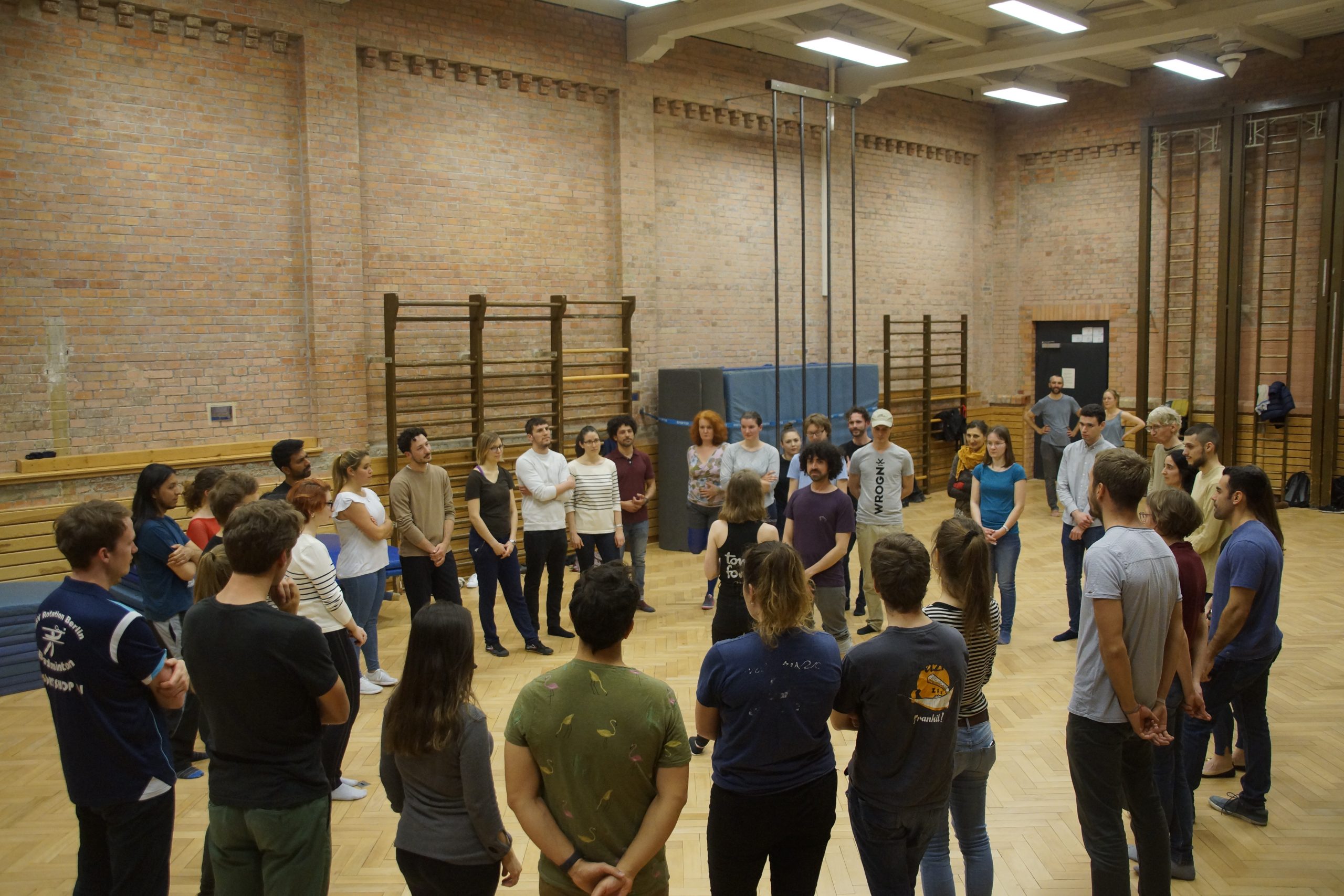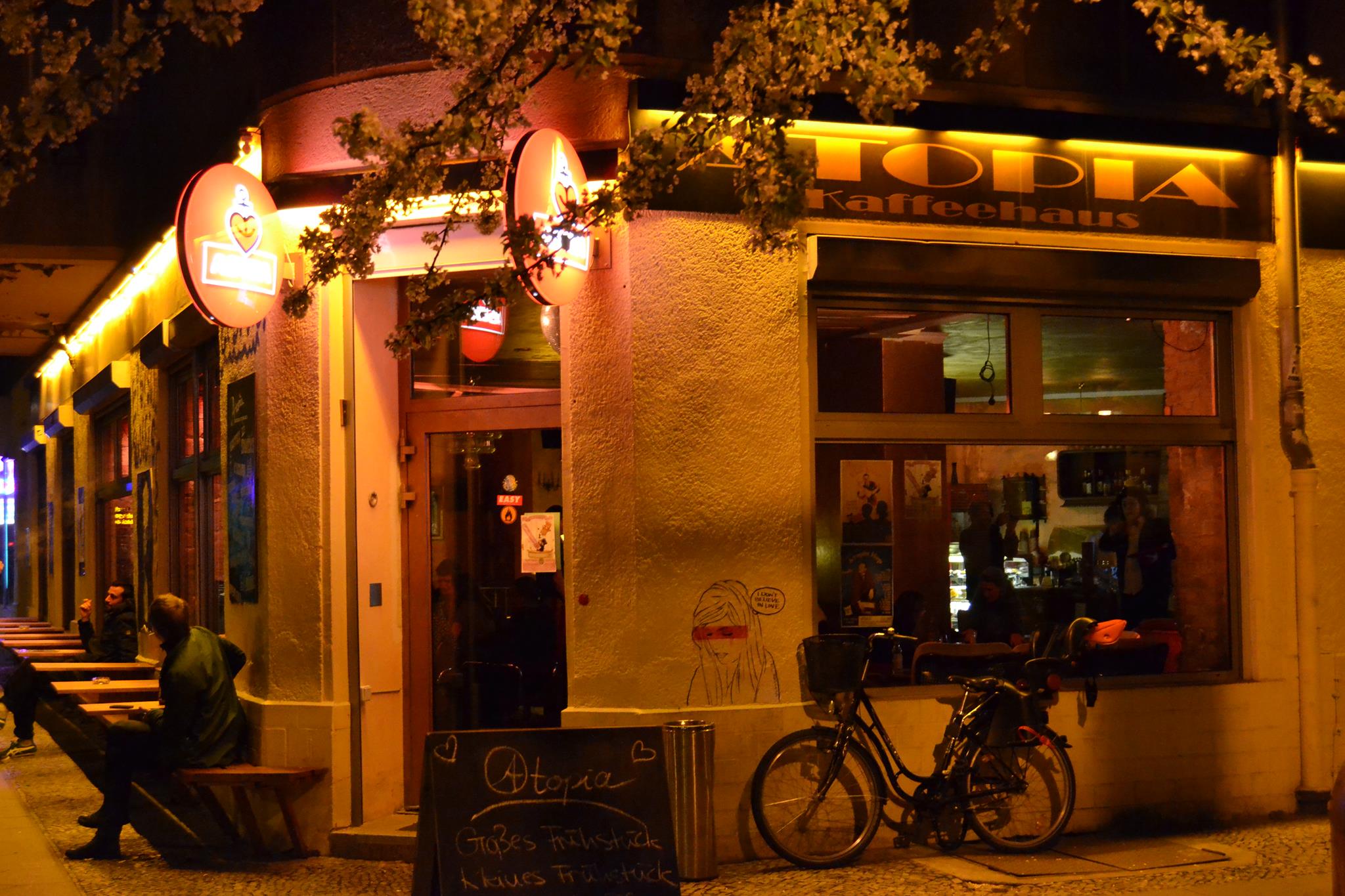Welcome to Tome Forró Berlin e.V. Official Website
Upcoming Irregular Events (via Forró App / Filora)
Regular Activities

HUMBOLDT UNIVERSITY BERLIN
Within the sports program of Humboldt University, there is the opportunity for everyone to learn Forró – you do not have to be a student to enrol! New classes for beginners start at the beginning of both the summer and winter semesters.

WEEKLY FORRÓ PARTY
Forró de Quarta
Every Wednesday we meet for a Forró Party at Atopia Kaffeehaus from 9 pm to 12 am. If you don’t know the dance yet, feel free to join our introduction class at 8 pm.
What is Forró?
Forró is a dance and music style that originates from the northeast of Brazil. Both the dance and the music have been influenced by European, African as well as indigenous cultures and include a variety of traditional rhythms, including Baião, Forró, Xaxado, Arrasta-pé, Coco and more. The instruments to play traditional Forró (Forró Pé de Serra) are the Sanfona (accordion), the Zabumba (a bass drum) and the Triângulo (triangle).
Although the musical style was originally only known to the rural northeast, the dance spread throughout Brazil towards the mid-20th century. Over the years, many bands began to complement the traditional Forró trio constellation with other instruments such as violin, guitar or double bass. In the late 1990s, a more modern Forró style, known as “Forró Universitário”, began to develop, introducing dance steps and figures adapted from other dances, such as Salsa, Zouk, Samba de Gafiera, Tango, Bolero and more. Since then, Forró has become more popular and has made its way to Europe.
Forró is an essential part of the dance scene in many European cities, with several Forró festivals taking place throughout the year. In fact, even more Forró festivals take place in Europe than Brazil!Forró is traditionally danced very closely. With easy to learn steps and a rhythm that is hard to resist, it is the perfect dance for all.
Forró differs in how it looks and feels based on who is dancing, what music is playing and the style of Forró being danced. These videos give an idea of some varieties of dance as well as the music:
